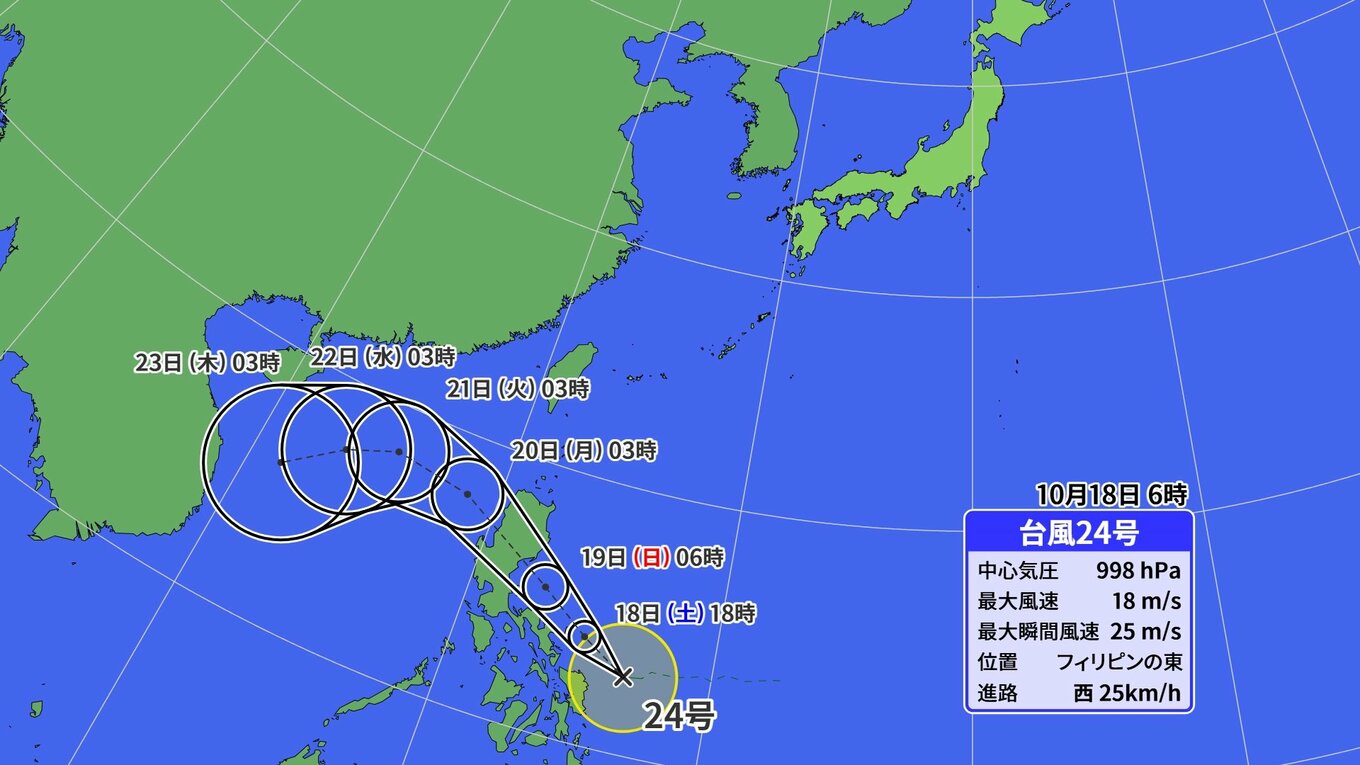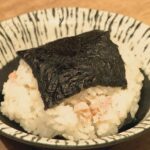Typhoon No. 24 ‘Fung Wong’ formed east of the Philippines at 3 AM on Saturday. It is expected to move westward, so direct impact on Japan is unlikely.
However, in the past, a typhoon made landfall in Wakayama Prefecture as late as November 30. While this is an extreme case, typhoons often approach until the end of October.
This year, compared to normal years, sea surface temperatures in the southern waters are higher, leading to more cases of typhoons forming and developing near Japan. There is still a possibility of typhoon impacts for a while longer, so please stay alert to typhoon information, especially through the end of October.
This cloud image shows Typhoon No. 22 passing near the Izu Islands.
It indeed “developed near Japan.”
According to meteorological agency information, Typhoon No. 22 had a central pressure of 985 hPa at midnight on the 7th over the waters south of Honshu, but by midnight on the 8th, it dropped to 940 hPa—a decrease of 45 hPa in 24 hours. This indicates rapid intensification.
By the way, these detailed measurements of “pressure” and “wind speed”—how are they observed even though the typhoon is over the ocean? In fact, they are not directly observed.
Wakayama Prefecture
Wakayama Prefecture is a scenic region on the Kii Peninsula in Japan, historically known as Kii Province. It is renowned for the Kumano Kodō, a network of ancient pilgrimage routes, and its three grand Shinto shrines, Kumano Sanzan, which reflect the area’s deep connection with Shugendō mountain worship. The prefecture is also famous for its spiritual sites, including the head temple of the Shingon sect of Buddhism, Mount Kōya (Kōyasan).
Izu Islands
The Izu Islands are a volcanic archipelago stretching south from the Izu Peninsula in Japan. Historically used as a place of exile, the islands are known for their active volcanoes, hot springs, and unique ecosystems. Today, they are a popular destination for tourism, offering opportunities for diving, hiking, and onsen visits.
Honshu
Honshu is the largest and most populous island of Japan, home to major cities like Tokyo, Osaka, and Kyoto. Historically, it has been the political and cultural heart of Japan for centuries, hosting ancient capitals such as Kyoto and Nara, as well as significant landmarks like Mount Fuji. The island’s diverse landscapes range from mountainous terrain to coastal plains, shaping much of Japan’s historical and economic development.






